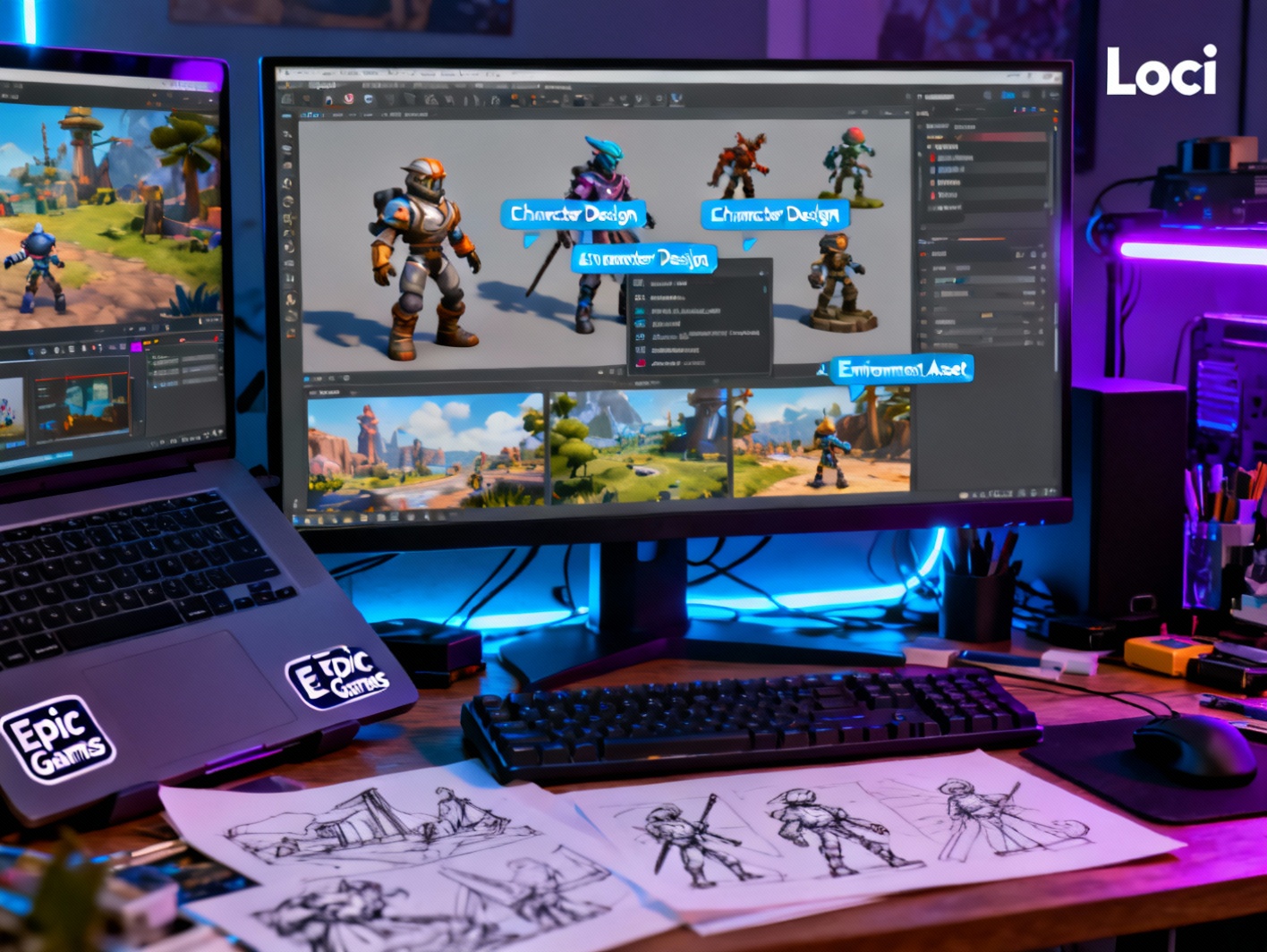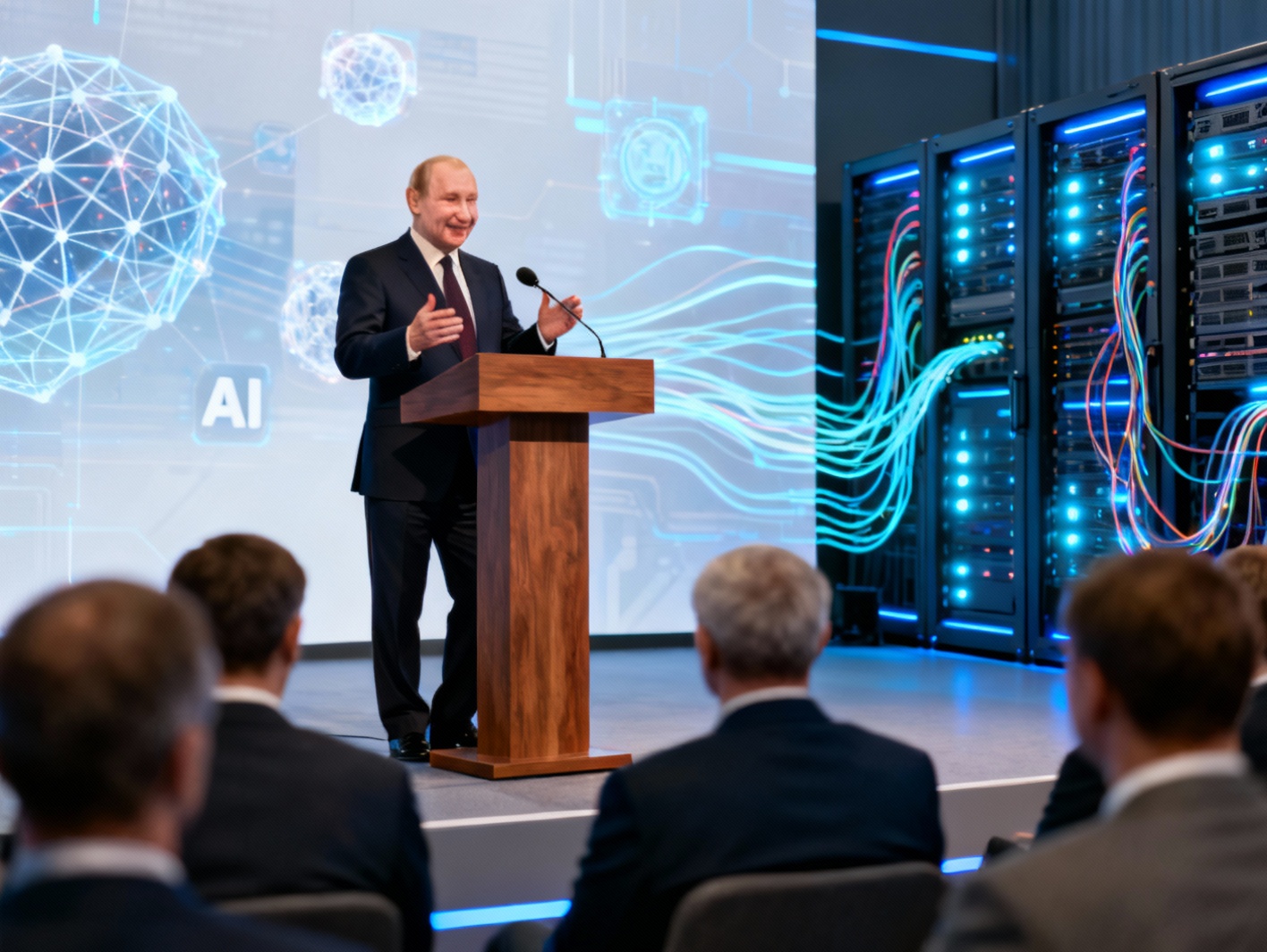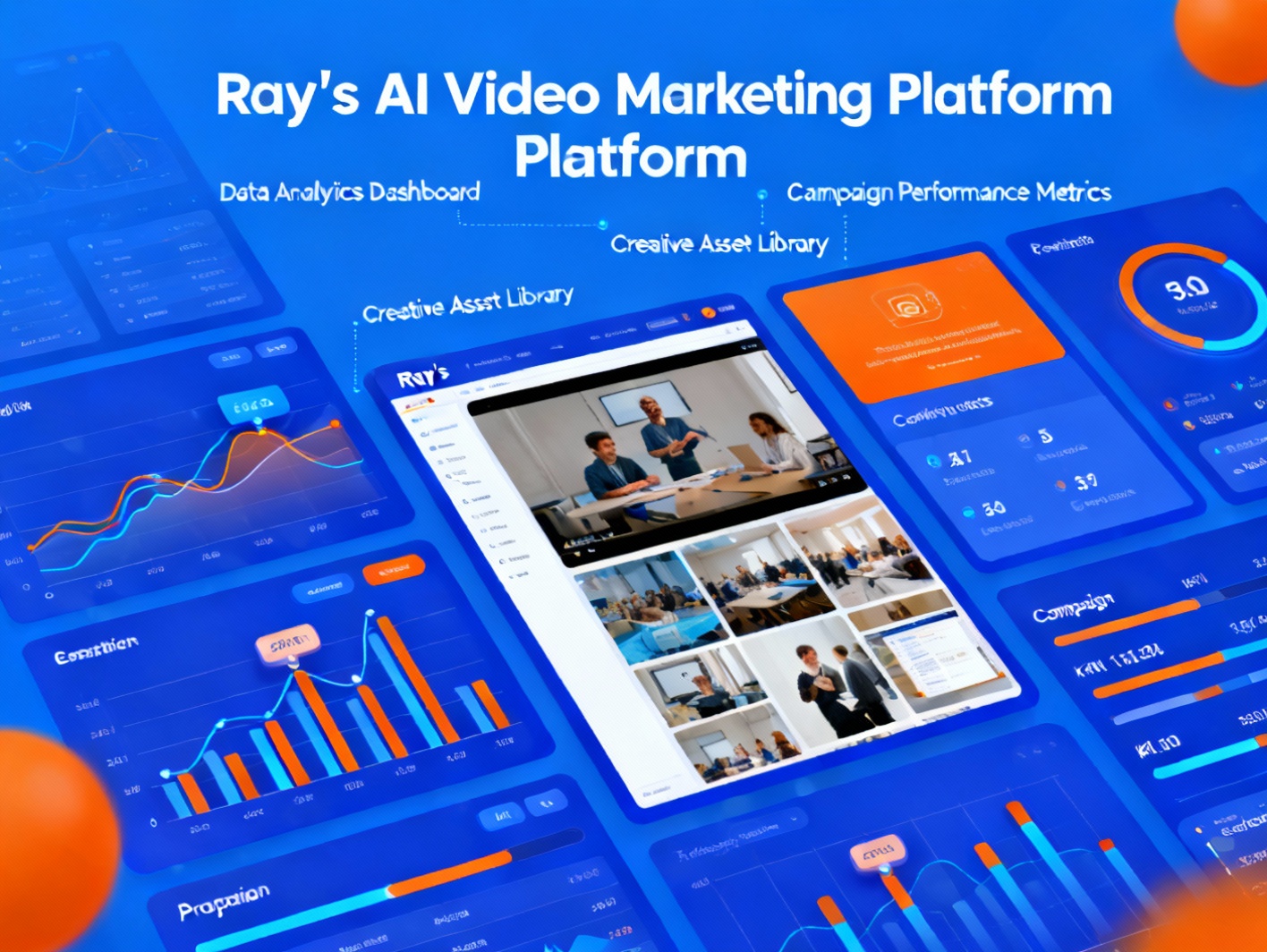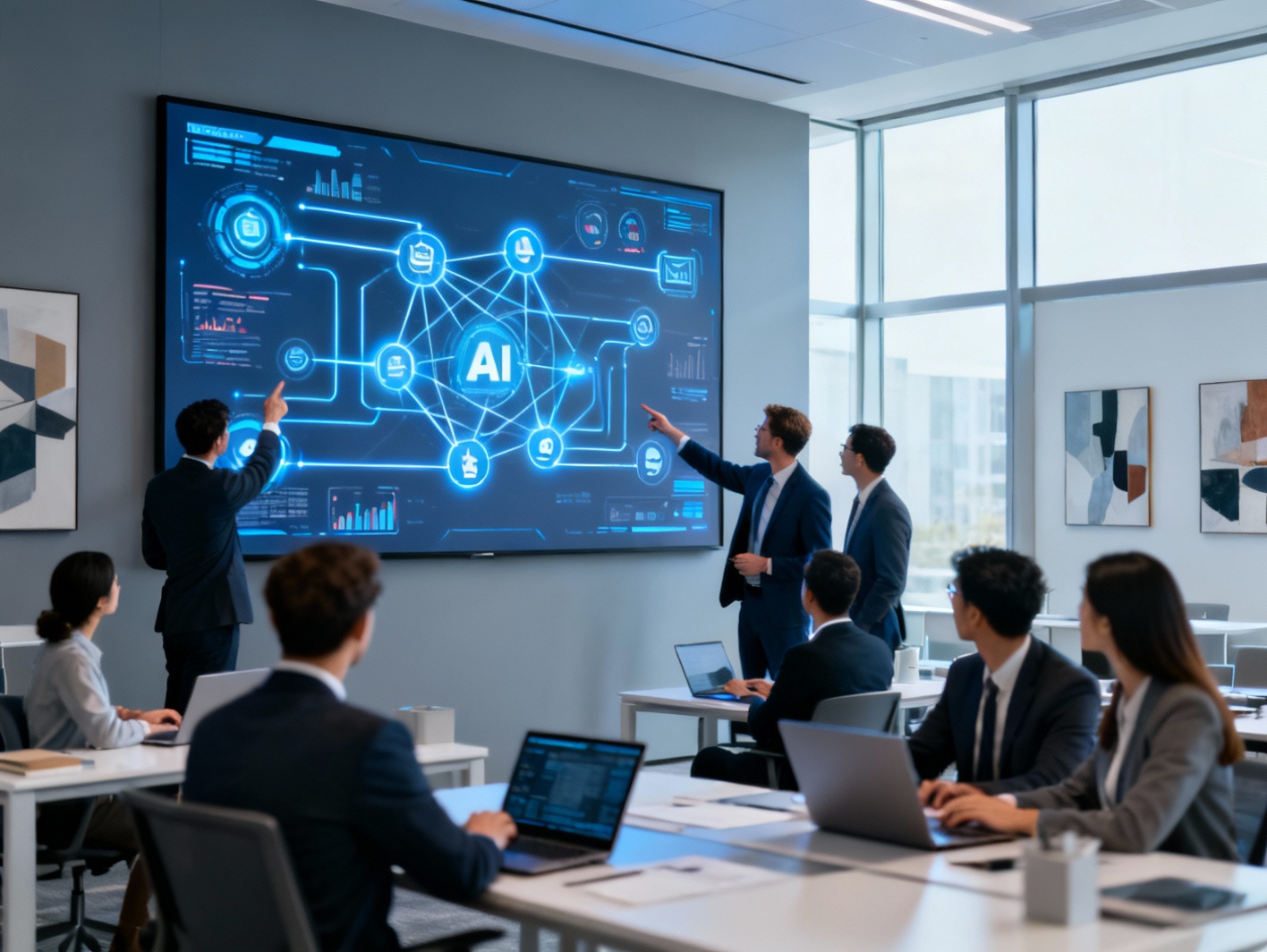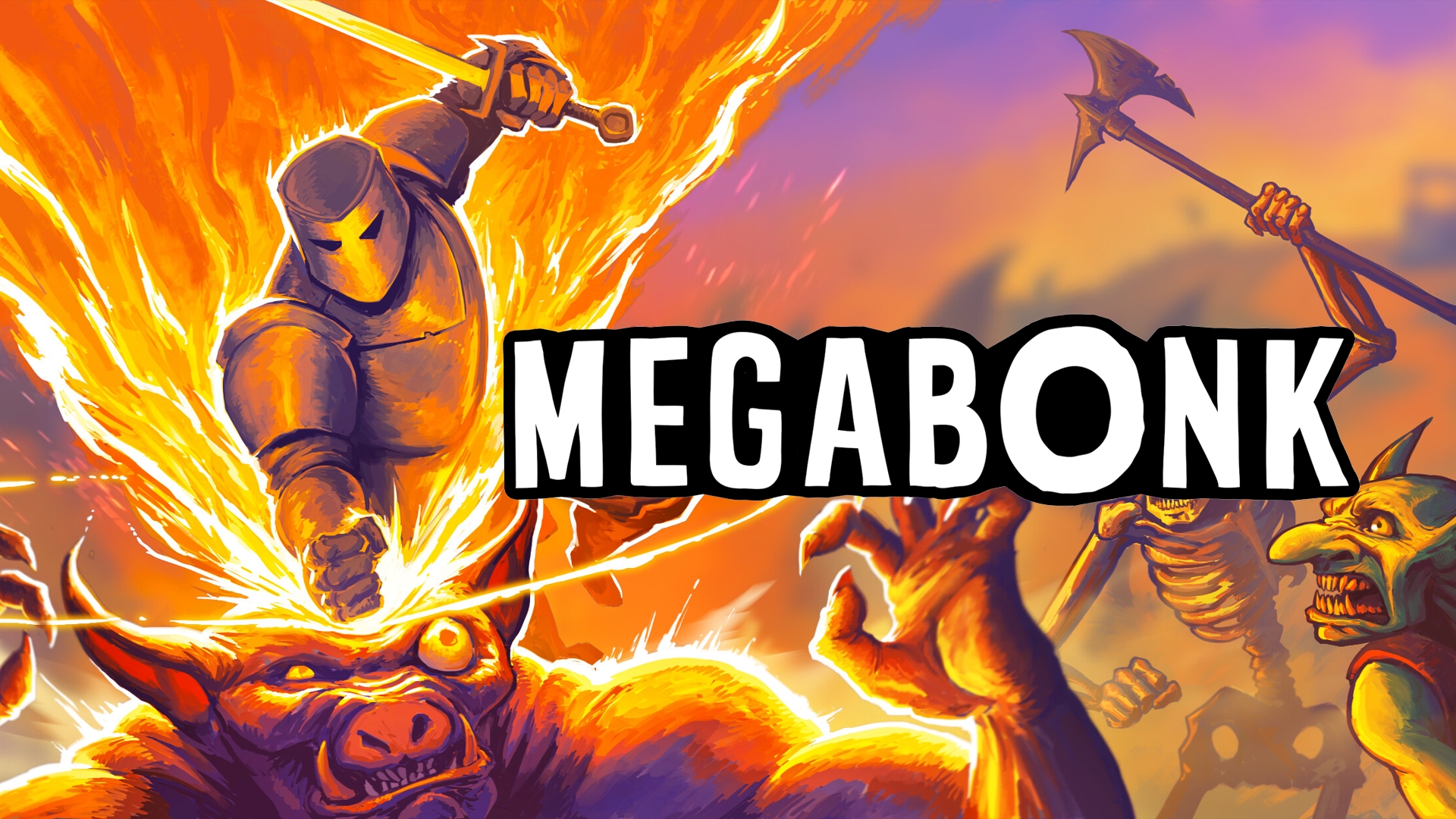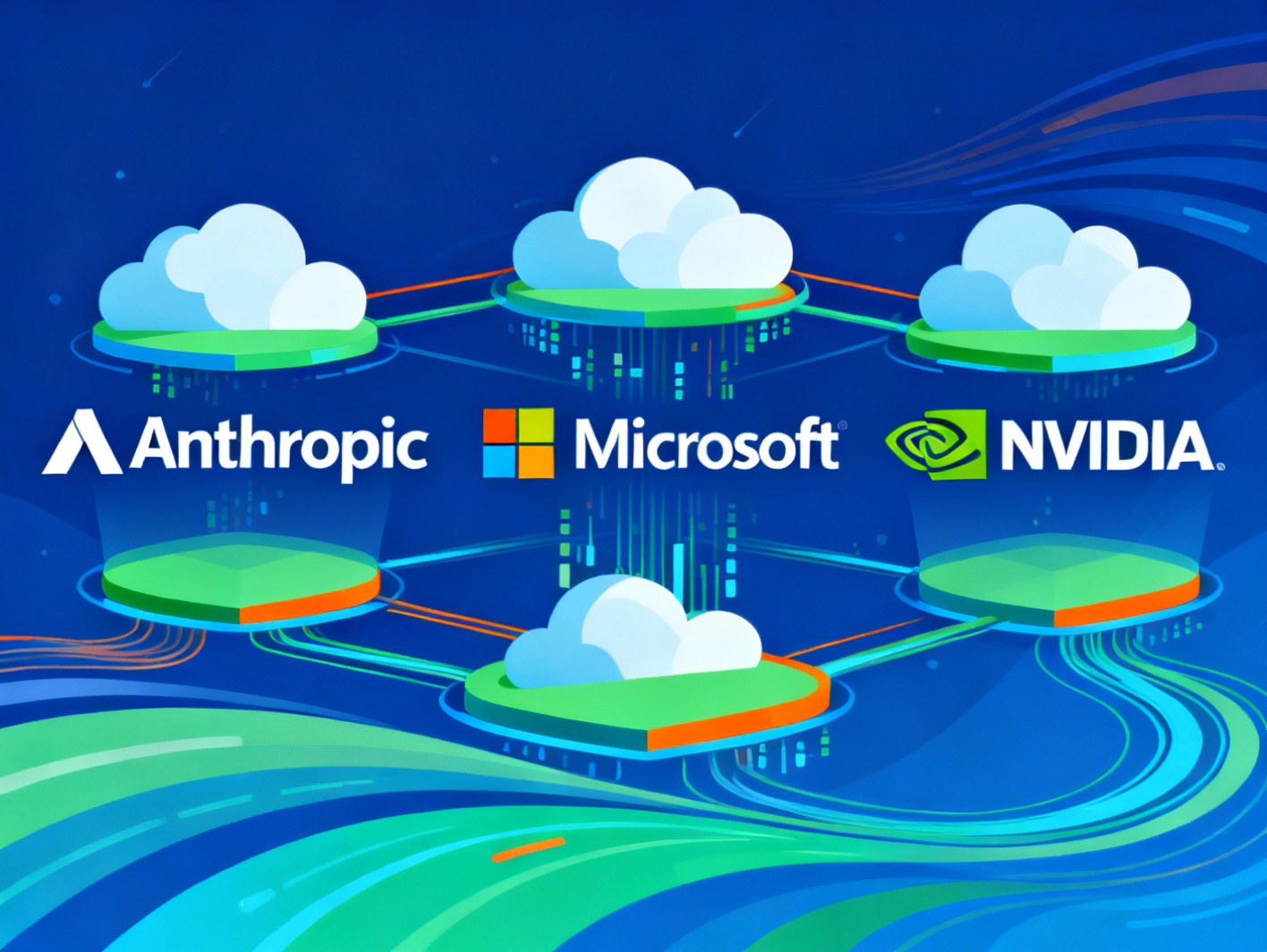
Table of Contents
Anthropic has unveiled Claude Opus 4.5, an advanced AI model that sets a new benchmark for artificial intelligence applications in both technical and professional domains. Building upon years of cutting-edge research and iterative improvements, Claude Opus 4.5 showcases remarkable progress in areas such as coding, autonomous reasoning, and enterprise-level task management. This launch reflects not only a leap in performance and reliability but also a milestone in the development of AI systems that can think, solve problems, and collaborate across complex workflows. With its robust features and significantly improved context management, Claude Opus 4.5 represents a powerful tool that is poised to transform the way industries and developers interact with artificial intelligence.
Introduction to Claude Opus 4.5
Claude Opus 4.5 was released as the latest flagship model by Anthropic, showing a substantial leap in core AI capabilities. Launched in mid-2024, it introduces refined performance through better reasoning, long-context understanding, and enhanced coding functionalities. Compared to previous iterations, Claude Opus 4.5 demonstrates a deeper comprehension of user intent and maintains relevance over significantly longer interactions, thanks to improvements in memory and contextual awareness.
What sets this model apart is its ability to combine natural language understanding with structured task execution more fluidly than before. These advancements are not incremental—they reflect a broader shift in AI development toward models that function as intelligent collaborators rather than mere language processors.
The Claude Opus 4.5 model stands at the intersection of accessibility and capability, providing human-aligned outputs while operating at a level of technical precision that makes it valuable across domains from research to business. In the broader context of AI development, this release signals maturity in the field. It’s not just about higher benchmark scores—it’s about utility, safety, and the readiness of large language models for real-world deployment in high-stakes environments.
Enhanced Coding Performance
One of Claude Opus 4.5’s most outstanding features is its state-of-the-art coding performance. On benchmarks like SWE-Bench Verified—where models are tested against real-world GitHub issues and pull requests—it delivers results that surpass earlier models and rival human engineering standards. The model handles structured documentation, reads and writes across complex file systems, and debugs code with a high rate of accuracy.
Its long context window allows Claude Opus 4.5 to maintain awareness of large codebases without losing track of architectural patterns or variable relationships. This makes it capable of taking on software projects that extend over several days, supporting tasks such as writing APIs, resolving function conflicts, and even suggesting performance optimizations.
For developers, this means Claude Opus 4.5 is not just a coding assistant—it’s a development partner. Whether it’s collaborating on frontend logic or backend infrastructure, it can help manage workflows end-to-end. Developers report increased efficiency, reduced debugging cycles, and improved documentation quality. The underlying improvements in its reasoning engine allow it to make logical code corrections and explain the rationale behind changes—facilitating learning and trust in the AI’s suggestions. For teams, this translates to fewer bottlenecks and more time spent on creative design rather than repetitive architecture refactoring.
Advancements in Autonomous Agents
Autonomous agents are becoming essential across a wide range of domains—from virtual assistants to robotic control systems. Claude Opus 4.5 strengthens this evolution by offering a boost in long-term task management, real-time decision-making, and contextual persistence, all of which are core elements in building reliable agentic systems.
The model excels in chaining reasoning steps needed to complete tasks that span hours or even days, something earlier generation models struggled to maintain without human re-prompting. This makes it ideal for workflows requiring autonomous monitoring, decision trees, and conditional execution, pushing the boundaries on what intelligent agents can achieve.
Claude Opus 4.5’s ability to interpret cause-and-effect relationships and simulate outcomes enables it to execute plans that require autonomy, such as navigating customer service exchanges, optimizing supply chains, or evaluating scientific hypotheses. Its enhanced prompt retention and contextual awareness also ensure that previous decisions inform future actions, making its behavior more coherent and reliable.
These qualities position Claude Opus 4.5 not just as a tool for reactive assistance but as a foundation for true cognitive agents—those capable of deliberation, strategy, and meaningful interaction over time. Its decision-making framework includes mechanisms for self-verification and recourse strategies, which are critical for responsible autonomy.
Enterprise Workflow Integration
Claude Opus 4.5 is engineered to integrate seamlessly into enterprise workflows, offering a suite of capabilities that match the rigor and complexity of corporate environments. From project planning to execution, the model can handle high-context tasks across multiple file types, departments, and communication channels.
Its long-context window allows users to input entire project repositories, legal documents, or financial spreadsheets, retaining awareness of key variables and business rules. As a result, it becomes adept not only at identifying inconsistencies or gaps but also at generating polished reports, analysis summaries, and stakeholder-focused presentations.
Enterprises benefit from Claude Opus 4.5’s capacity to complete repetitive documentation, generate coherent proposals, and assist in compliance and audit tasks with greater consistency. In spreadsheet tasks, for example, it can detect data anomalies and suggest corrective formulas or visualizations. Presentation drafting also becomes smoother, as the model appropriately balances tone, detail, and visual structure depending on its intended audience.
This level of contextual cohesion greatly accelerates enterprise productivity. Teams can rely on a consistent voice across documents, a reduced cognitive burden for administrative tasks, and faster decision-making cycles. Claude acts not just as a text generator but as an intelligent interface across departments—bridging data, dialogue, and documentation with precision.
Safety and Trust Measures
As AI models grow more capable, ensuring their alignment, safety, and trustworthiness becomes paramount. Claude Opus 4.5 reflects Anthropic’s strong commitment to responsible AI development, incorporating robust safeguards and rigorous pre-deployment evaluations to ensure security and reliability in real-world use.
The model underwent extensive testing in controlled and adversarial scenarios alike, with hundreds of alignment evaluations focused on truthfulness, harmful content avoidance, bias mitigation, and instruction following. In areas involving sensitive or regulated content—like finance, law, and healthcare—the system prioritizes refusal to act beyond its competence rather than risk misinformation.
Anthropic uses a technique called Constitutional AI to guide Claude’s behavior according to a defined ethical framework. This makes its outputs more predictable, transparent, and in line with human values. Claude Opus 4.5 also includes throttles for rate-limiting conversations, oversight mechanisms to detect unsafe usage, and transparency statements embedded in its outputs when discussing uncertain or high-risk topics.
This layered safety design is central to the model’s architecture. It supports a future where powerful AI systems are trusted collaborators rather than unpredictable agents. With ongoing feedback loops and transparent updates, Anthropic ensures that new iterations make measurable progress on safety metrics without compromising usability or fluency.
Customer Feedback and Real-World Applications
Feedback from early adopters of Claude Opus 4.5 highlights its transformative impact across several industries. In software development, engineers cite its impressive ability to integrate with CI/CD pipelines, write detailed documentation, and optimize application performance over multiple iterations. Teams report noticeable productivity boosts and reductions in tech debt.
Legal professionals have benefited from its contextual understanding to draft and analyze contracts with fewer oversights. Teams working in compliance and risk management appreciate its attention to policy language and its ability to align documents with regional regulation standards.
In business operations, Claude is being used to generate high-quality reports and presentations with minimal guidance. Its ability to synthesize meeting notes, CRM data, and budget forecasts into coherent narratives has streamlined internal communications and quarterly reviews.
One finance firm shared that Claude helped reduce internal audit reporting time by 40%, while a major marketing agency saw improved client satisfaction due to faster turnaround on campaign briefs and pitch decks.
This kind of versatility—from specialized applications to broad team assistance—illustrates why Claude Opus 4.5 is gaining traction. More than just a support tool, it’s becoming a central asset in many digital work environments, enabling professionals to focus on creative, strategic, and client-facing work.
Conclusions
Claude Opus 4.5 represents a defining moment in the evolution of artificial intelligence. From coding expertise to strategic decision-making within autonomous agents and streamlined enterprise operations, it offers a full spectrum of advanced capabilities grounded in safety and alignment. The model reflects Anthropic’s pursuit of building AI systems that are not only powerful but also trustworthy and adaptable to real-world challenges. As businesses and developers continue to explore its use across diverse applications, Claude Opus 4.5 sets a high standard for the next stage of transformative AI solutions that support human ingenuity, productivity, and ethical progress.

